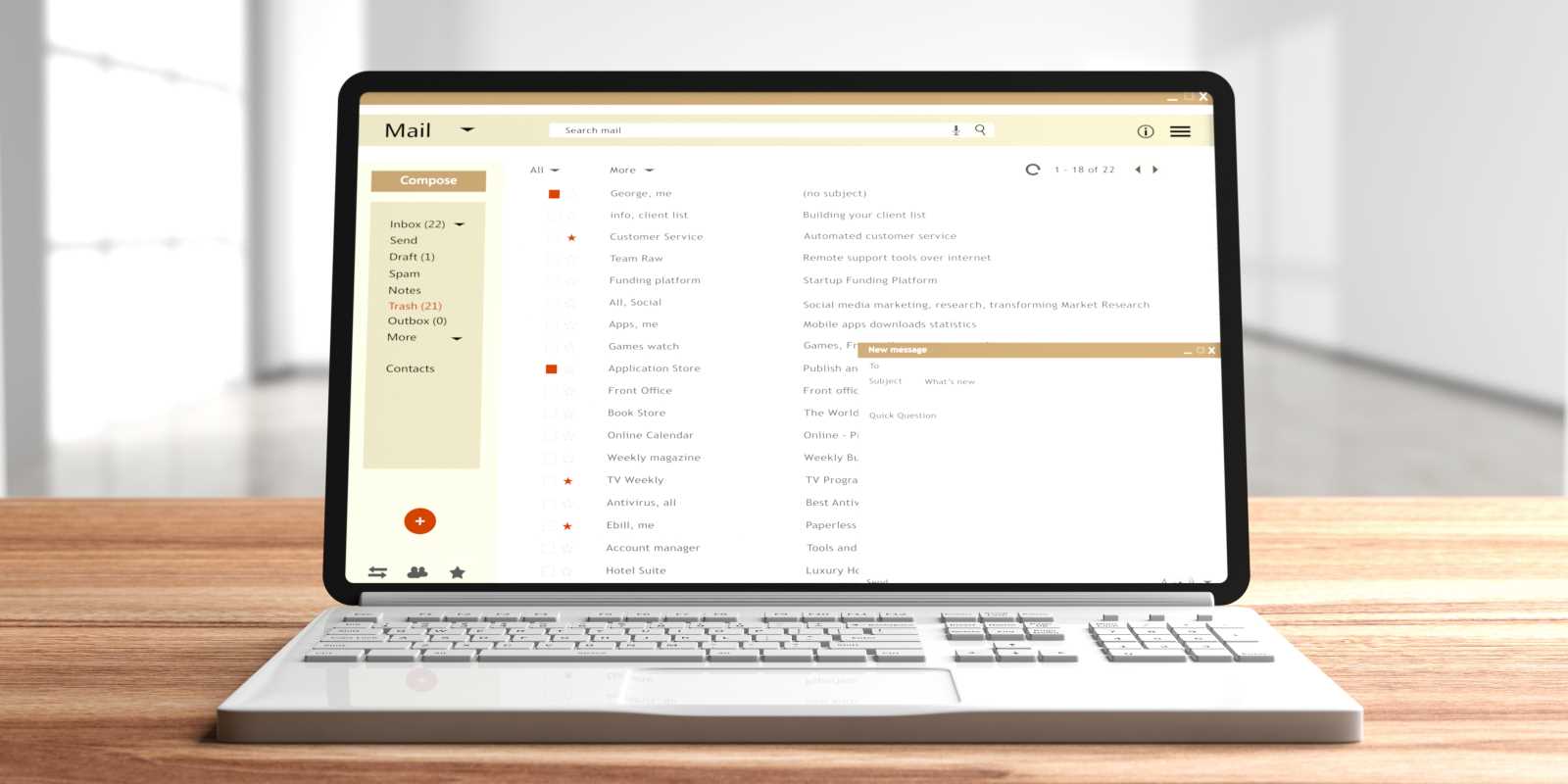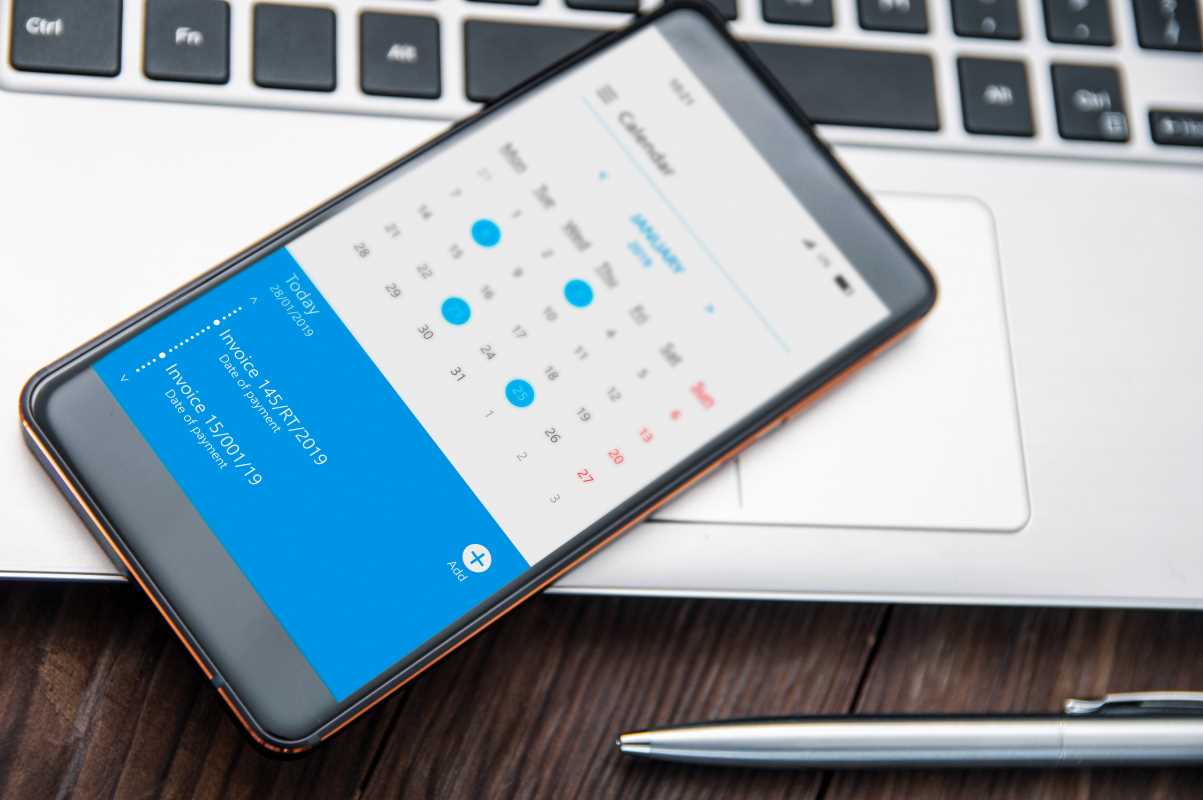Standing at the foot of a massive project can feel like looking up at a mountain. The peak seems impossibly far, and the sheer scale of the endeavor can be paralyzing. This feeling, known as "analysis paralysis," often stops us before we even begin. The secret to conquering these monumental goals lies not in a single, heroic leap, but in taking one small step at a time. This is the power of micro-tasks. By breaking down your intimidating project into tiny, manageable actions, you can dismantle overwhelm and build unstoppable momentum. You transform a daunting challenge into a clear, actionable path, paving the way for consistent progress and ultimate success.
The Psychology Behind Micro-Tasks
Our brains are not designed to handle massive, undefined goals effectively. A huge project like “launch a new business” or “renovate the house” can trigger a stress response. The brain perceives the goal as a threat because it cannot see a clear path to completion. This uncertainty leads to procrastination, as we avoid the discomfort and anxiety associated with the task.
Micro-tasks work by bypassing this stress response. A task like “draft one sentence for the business plan” or “measure one wall in the living room” is so small that it feels non-threatening. It requires minimal mental energy and willpower to start. Completing this tiny task provides a quick hit of dopamine, the brain's reward chemical. This small victory creates a positive feedback loop, making you feel capable and motivated to tackle the next small step. This "snowball effect" is the key. Small wins build upon each other, creating momentum that carries you through the entire project.
How to Break Down Any Project into Micro-Tasks
The art of using micro-tasks is a skill that can be learned and refined. The goal is to deconstruct a large objective until you have a list of physical, actionable steps that take very little time to complete. This process brings clarity and turns a vague ambition into a concrete plan.
1. Start with the Big Picture
First, clearly define your overall project goal. Write it down at the top of a page or in a new digital document. Be as specific as possible. For example, instead of “organize the garage,” a better goal would be “declutter, clean, and organize the garage so both cars can fit.” This clarity gives you a defined finish line.
2. Identify Major Phases or Milestones
Next, break the project into its main phases or key milestones. Think of these as the primary chapters of your project story. For the garage organization project, your milestones might be:
- Empty the garage
- Sort all items
- Clean the empty garage
- Install new storage solutions
- Return necessary items to the garage
- Dispose of or donate unwanted items
These milestones are still too large to be actionable, but they provide a helpful structure for the next step.
3. Deconstruct Milestones into Actionable Tasks
Now, take each milestone and break it down further into smaller, more concrete tasks. For the milestone “Sort all items,” your task list could look like this:
- Set up sorting zones (e.g., Keep, Donate, Trash).
- Go through the box of old sports equipment.
- Sort the bin of gardening supplies.
- Review the shelf with paint cans.
This level is much better, but we can go even smaller to truly harness the power of micro-tasking.
4. Create True Micro-Tasks
The final step is to atomize your tasks into their smallest possible components. A good rule of thumb is that a micro-task should take anywhere from two to 20 minutes to complete. Taking our previous example, “Sort the bin of gardening supplies,” we can break it down into true micro-tasks:
- Take the gardening bin to the sorting area.
- Take out one item from the bin and place it in a zone.
- Take out a second item and place it in a zone.
- Continue until the bin is empty.
This level of detail might seem excessive, but it is the secret to overcoming procrastination. The task “Take out one item” is so easy that there is no reason not to do it.
Strategies for Implementing Micro-Tasks Effectively
Breaking down the project is only half the battle. How you manage and execute these micro-tasks is just as important for maintaining momentum and ensuring success.
The Two-Minute Rule
Popularized by author James Clear, the Two-Minute Rule states that if a task takes less than two minutes to do, you should do it immediately. As you break down your project, you will create many of these two-minute tasks. By completing them as they arise or in small bursts, you can make significant progress without it feeling like work. This strategy is perfect for getting started on a day when you feel unmotivated. Committing to just two minutes of work is an incredibly low bar to clear.
Themed Work Sessions
Grouping similar micro-tasks together can create powerful synergy. You can create themed work sessions based on the type of activity. For instance, you could have a "phone call session" where you knock out all the micro-tasks that involve making calls. Or you could have a "computer session" for all the tasks that require you to be at your desk. This batching method reduces context switching, allowing your brain to stay in one mode and work more efficiently.
Visual Progress Tracking
Making your progress visible is a fantastic motivator. A simple checklist where you can satisfyingly check off each completed micro-task can be incredibly effective. For larger projects, a Kanban board (physical or digital) can provide a great visual overview. Create columns for "To Do," "In Progress," and "Done." Write each micro-task on a sticky note and physically move it across the board. Seeing the "Done" column fill up provides a tangible sense of accomplishment that fuels your drive to continue.
Putting It All Together: A Real-World Example
Let's apply this entire framework to a common overwhelming project: writing a 10-page research paper.
- Overall Goal: Complete a 10-page research paper on the Amazon rainforest by next Friday.
- Milestones:
- Research and gather sources.
- Create an outline.
- Write the first draft.
- Edit and proofread.
- Format citations and submit.
- Deconstruction into Micro-Tasks (for Milestone 1: Research):
- Find one academic article using the university database.
- Read the abstract of the article.
- Save the article to a research folder.
- Find one relevant book in the library catalog.
- Write down the call number for the book.
- Find one credible website on rainforest conservation.
- Bookmark the website.
- Copy one interesting statistic into a notes document.
Each of these steps is small, clear, and easy to accomplish. Instead of facing the intimidating task of "doing research," you can simply "find one article." This makes starting the work feel effortless.
By embracing the micro-tasking method, you give yourself the gift of clarity and control. You replace anxiety with action and overwhelm with achievement.
 (Image via
(Image via





